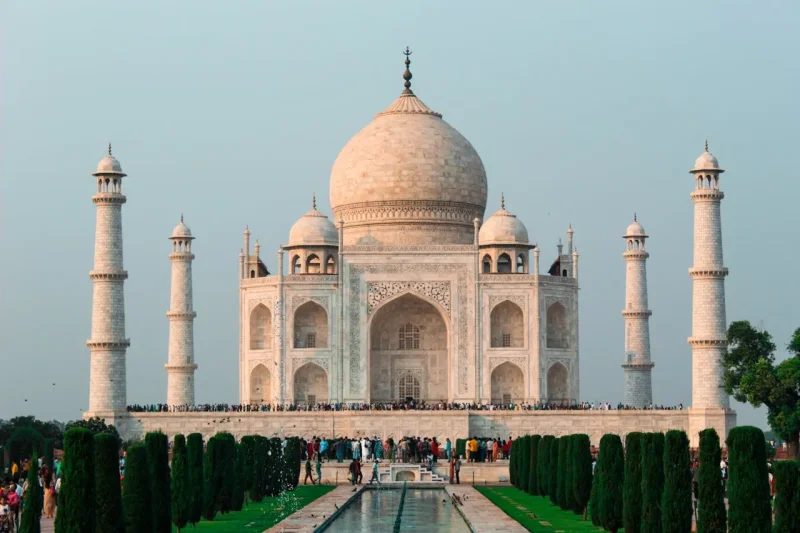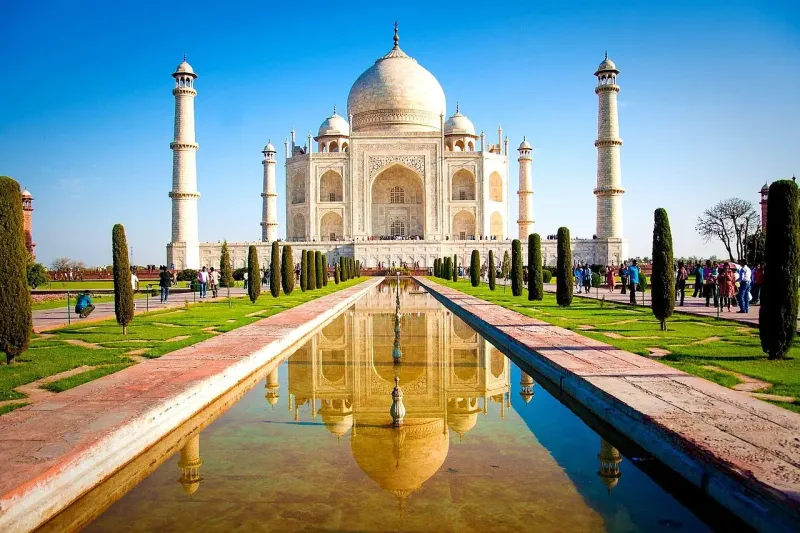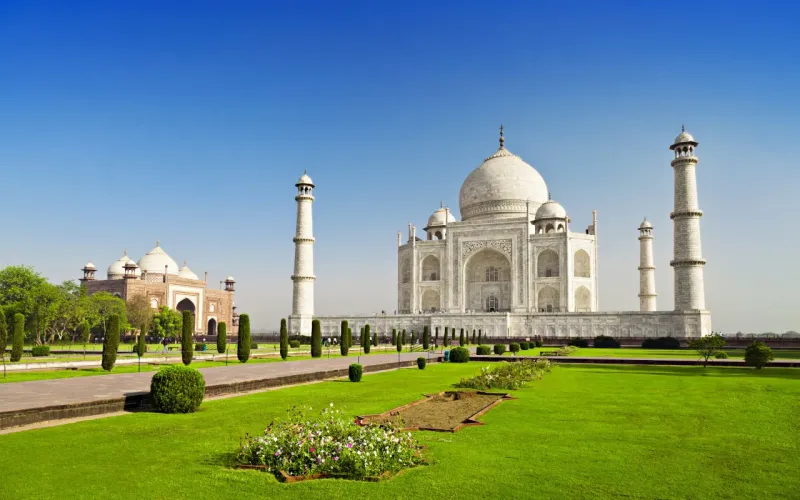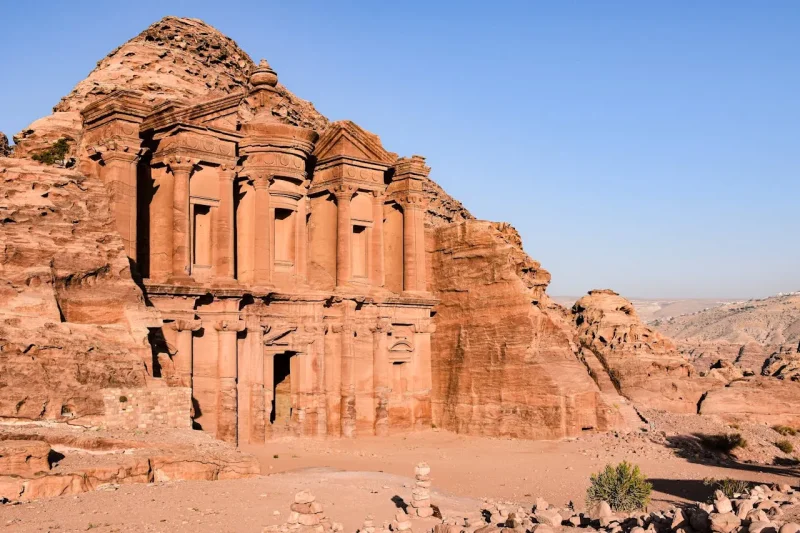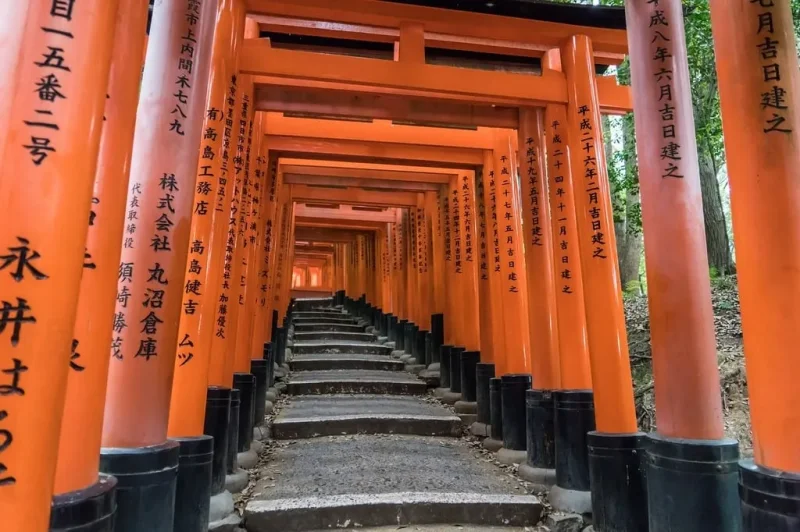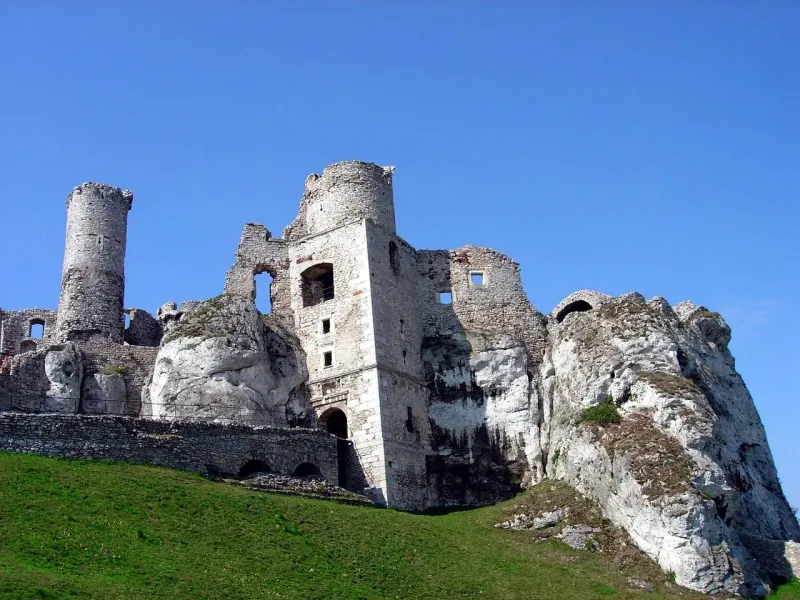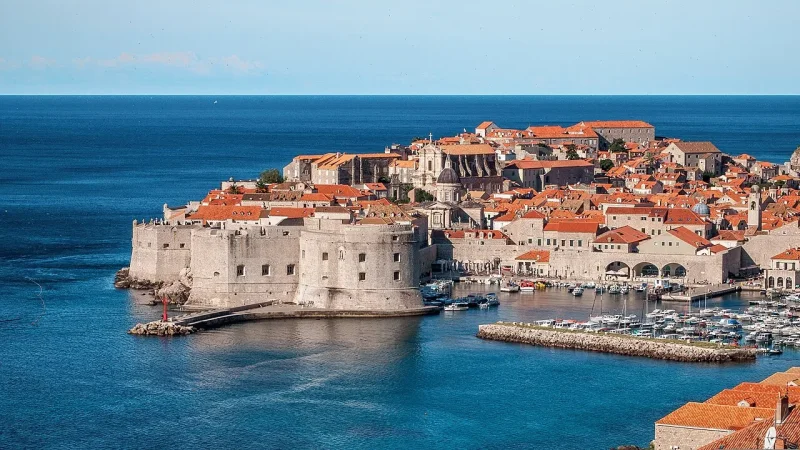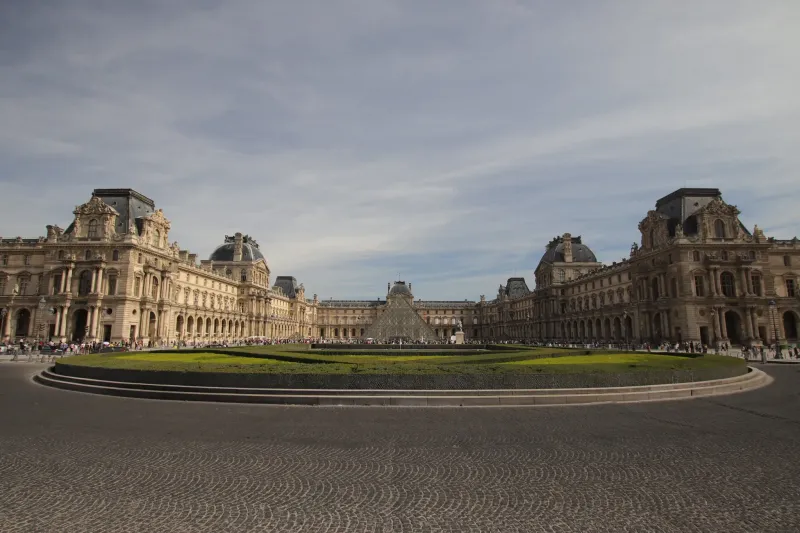Historical Significance
The Taj Mahal, a UNESCO World Heritage Site, is an iconic symbol of India's rich history and architectural prowess. Commissioned in 1632 by the Mughal Emperor Shah Jahan, it serves as a mausoleum for his beloved wife, Mumtaz Mahal. This white marble masterpiece is not only a testament to the emperor's enduring love but also a reflection of the artistic and cultural zenith reached during the Mughal era. Its construction involved thousands of artisans and specialists from across Asia, blending Persian, Islamic, and Indian architectural styles.
Situated in Agra, the Taj Mahal attracts millions of visitors annually, drawn to its grandeur and historical lore. The complex comprises a majestic central dome flanked by four minarets, lush gardens, and a reflecting pool that enhances its ethereal beauty. Its intricate marble inlays, adorned with precious stones, tell stories of a bygone era. The Taj Mahal is celebrated not just as a monument of love, but as a pinnacle of artistry and craftsmanship, embodying the cultural synthesis that defines India's historical narrative.
Architectural Marvel
The architectural brilliance of the Taj Mahal is unrivaled, with its stunning symmetry and exquisite detail captivating all who behold it. The central dome, rising to a height of 73 meters, is a feat of engineering, supported by a series of arches and crowned with a lotus design. The four minarets, slightly tilted outward, exemplify precision engineering, designed to protect the main structure from earthquakes. Its harmonious proportions and the interplay of light and shadow create a mesmerizing visual effect, especially during sunrise and sunset.
Beyond its aesthetic appeal, the Taj Mahal is an embodiment of meticulous craftsmanship. The walls are adorned with intricate carvings and calligraphy, featuring verses from the Quran, rendered in black marble. The pietra dura inlays, using semi-precious stones like lapis lazuli, turquoise, and jasper, form floral patterns and arabesques, showcasing the artisans' skill. This attention to detail, combined with the use of translucent marble, allows the mausoleum to change hues with the light, further enhancing its mystical allure.
Cultural Impact
The Taj Mahal stands as a cultural icon, inspiring countless artists, writers, and musicians worldwide. Its ethereal beauty and romantic backstory have made it a symbol of eternal love, featured in literature and films globally. As a vital part of India's identity, it plays a significant role in the country's tourism industry, contributing substantially to the local economy. This majestic monument has also sparked debates on preservation, highlighting the challenges of maintaining historical sites in the face of environmental and human pressures.
In addition to its cultural significance, the Taj Mahal serves as a stage for diplomatic and cultural exchanges, hosting dignitaries and celebrities from around the world. Its allure transcends borders, making it a universal emblem of beauty and heritage. Efforts to preserve its grandeur are ongoing, with initiatives aimed at restoring its original splendor and securing its legacy for future generations. The Taj Mahal continues to be a beacon of inspiration, reminding the world of the enduring power of love and the timeless beauty of human creativity.
